Velocity of the SN2 reaction depends on the concentration of the substrate as well as te nucleophile.
The reaction is favoured by strong Nu..ө, and in the presence of polar aprotic solvent, optically active halides give walden inversion by SN2 mechanism. the presence of hetro group (atom as β−C atom, unsaturation at β−C, and ⎛⎜
⎜⎝−O∣∣C−⎞⎟
⎟⎠ Allyl halides also give SN2 mechanism. EDG at ortho-and para-positions in benzyl halides favours SN1 mechanism, whereas EWG favours SN2 mechanism.
Q. Which of the following will give Walden inversion
C4H9−CHD−Br
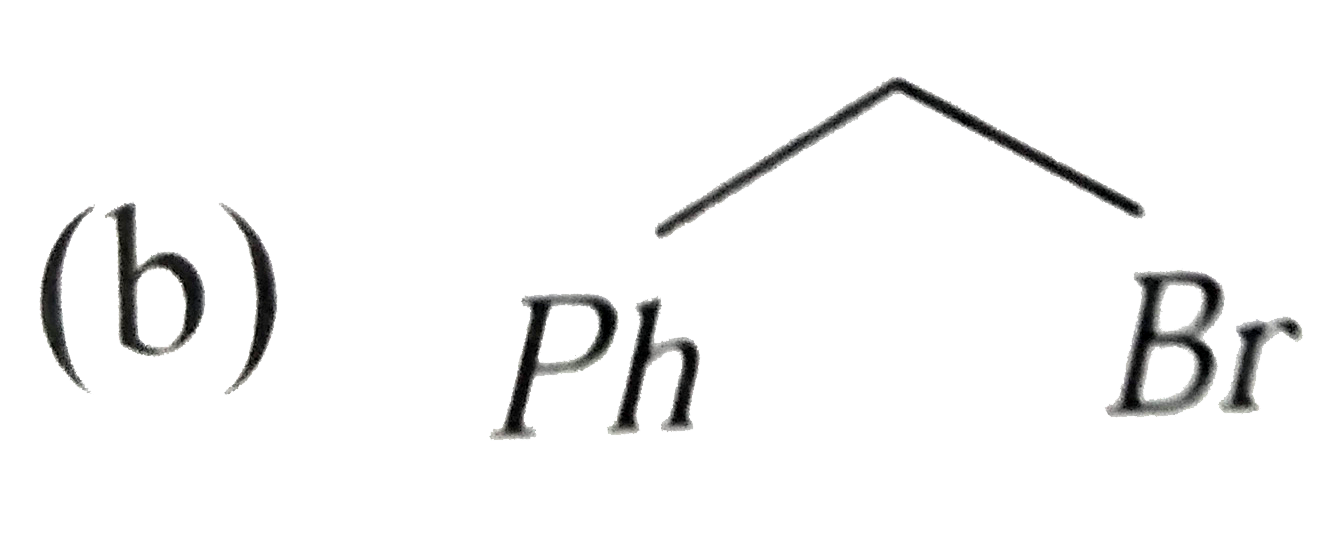
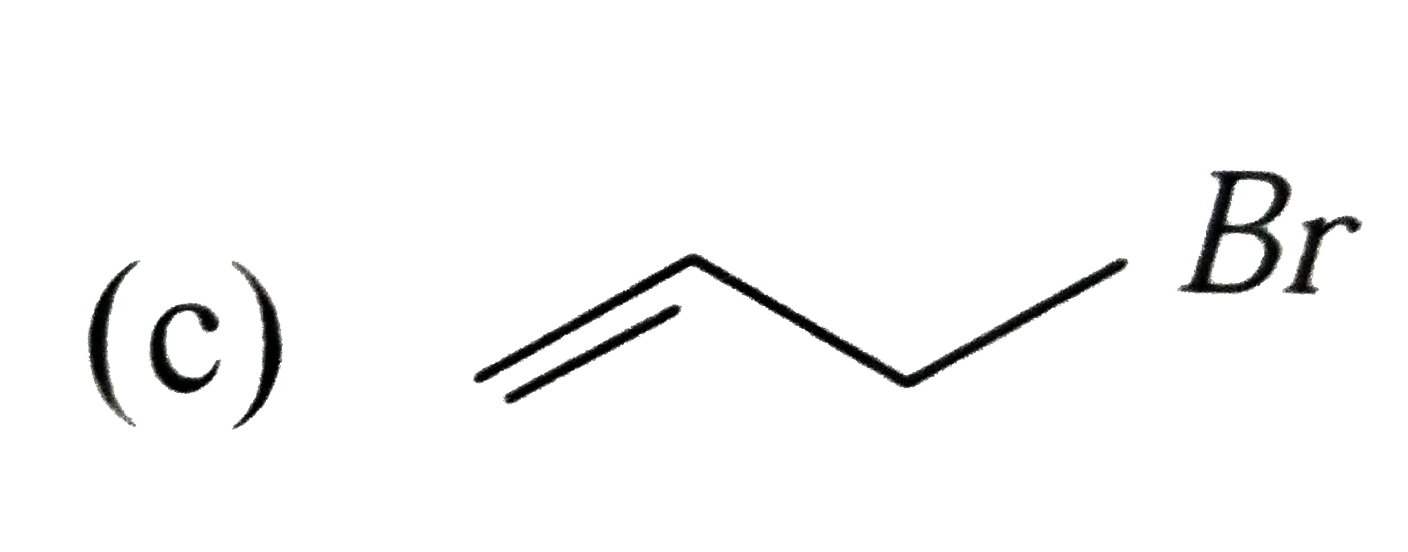
All of these
The correct Answer is:A
To determine which compound will give Walden inversion in an SN2 reaction, we need to analyze the conditions and characteristics of the compounds involved. Here’s a step-by-step solution:
Step 1: Understand the SN2 Mechanism
The SN2 (Substitution Nucleophilic Bimolecular) mechanism involves a nucleophile attacking the substrate at the same time as the leaving group departs. This results in an inversion of configuration at the chiral center.
Hint: Look for chiral centers in the compounds provided, as Walden inversion occurs only when there is a chiral center.
Step 2: Identify the Characteristics Favoring Walden Inversion
1. Strong Nucleophile: The reaction is favored by a strong nucleophile.
2. Polar Aprotic Solvent: The presence of polar aprotic solvents enhances the reaction rate.
3. Chiral Center: For Walden inversion to occur, the substrate must have a chiral center.
Hint: Remember that a compound must have at least one chiral carbon to exhibit Walden inversion.
Step 3: Analyze the Given Options
Now, let’s analyze the given options to identify which one has a chiral center.
1. Option 1: C4H9-CH(D)-Br: This compound has a chiral carbon (the carbon bonded to D and Br), thus it can undergo Walden inversion.
2. Option 2: Allyl bromide (C3H5-Br): This compound does not have a chiral center, so it cannot undergo Walden inversion.
3. Option 3: Another compound (not specified): Analyze if it has a chiral center or not.
4. Option 4: Another compound (not specified): Analyze if it has a chiral center or not.
Hint: Focus on the structure of each compound to identify chiral centers.
Step 4: Conclusion
Based on the analysis, the only compound that has a chiral center and can undergo Walden inversion is Option 1: C4H9-CH(D)-Br.
Final Answer: Option 1 will give Walden inversion.
The SN2 (Substitution Nucleophilic Bimolecular) mechanism involves a nucleophile attacking the substrate at the same time as the leaving group departs. This results in an inversion of configuration at the chiral center.
1. Strong Nucleophile: The reaction is favored by a strong nucleophile.
2. Polar Aprotic Solvent: The presence of polar aprotic solvents enhances the reaction rate.
3. Chiral Center: For Walden inversion to occur, the substrate must have a chiral center.
Now, let’s analyze the given options to identify which one has a chiral center.
2. Option 2: Allyl bromide (C3H5-Br): This compound does not have a chiral center, so it cannot undergo Walden inversion.
3. Option 3: Another compound (not specified): Analyze if it has a chiral center or not.
4. Option 4: Another compound (not specified): Analyze if it has a chiral center or not.
Based on the analysis, the only compound that has a chiral center and can undergo Walden inversion is Option 1: C4H9-CH(D)-Br.
Topper's Solved these Questions
- BOOK - ERRORLESS CHAPTER - HALOGEN CONTAINING COMPOUNDEXERCISE - Critical Thinking (Integer Type Question)4videos
HALOGEN CONTAINING COMPOUND
- BOOK - ERRORLESS CHAPTER - HALOGEN CONTAINING COMPOUNDEXERCISE - Critical Thinking (Matrix match type Question)1videos
HALOGEN CONTAINING COMPOUND
- BOOK - ERRORLESS CHAPTER - HALOGEN CONTAINING COMPOUNDEXERCISE - Critical Thinking (Reasoning type Questions)2videos
HALOGEN CONTAINING COMPOUND
- BOOK - ERRORLESS CHAPTER - GENERAL ORGANIC CHEMISTRYEXERCISE - Matrix Match type questions4videos
GENERAL ORGANIC CHEMISTRY
- BOOK - ERRORLESS CHAPTER - HYDROCARBONEXERCISE - JEE SECTION (Matrix Match type questions)6videos
HYDROCARBON
Similar Questions
SN2 reaction is a bimolecular reaction which takes places by the formation of T.S. Veolcity of the reaction depends on the concentration of the substrate as well as the nucleophile.
The reaction is favoureed by strong Nuo− and in the presence of polar aprotic sovlent, optically active halides give. Walken inversion by SN2 mechanism. The presence of hero group (atom) at β−C atom, unsaturation at β−C and ⎛⎜ ⎜⎝−O∣∣C−⎞⎟ ⎟⎠ group at α−C atomn favor SN2 mechanism.
Allyl halides and benzyl halides give SN1 and SN2 reactions. Allyl halides alos give SN2 mechanism EDG at ortho- and para- postions in benzyl halides favors SN1 mechanism, wheras EWG favors SN2 mechanism.
Which of the following will give SN2 mechanism?View SolutionSN2 reaction is a bimolecular reaction which takes places by the formation of T.S. Veolcity of the reaction depends on the concentration of the substrate as well as the nucleophile.
The reaction is favoureed by strong Nuo− and in the presence of polar aprotic sovlent, optically active halides give. Walken inversion by SN2 mechanism. The presence of hero group (atom) at β−C atom, unsaturation at β−C and ⎛⎜ ⎜⎝−O∣∣C−⎞⎟ ⎟⎠ group at α−C atomn favor SN2 mechanism.
Allyl halides and benzyl halides give SN1 and SN2 reactions. Allyl halides alos give SN2 mechanism EDG at ortho- and para- postions in benzyl halides favors SN1 mechanism, wheras EWG favors SN2 mechanism.
Which of the following will give SN1 reaction?View Solution
Knowledge Check
- Question 1 - Select One
Velocity of the SN2 reaction depends on the concentration of the substrate as well as te nucleophile.
The reaction is favoured by strong Nu..ө, and in the presence of polar aprotic solvent, optically active halides give walden inversion by SN2 mechanism. the presence of hetro group (atom as β−C atom, unsaturation at β−C, and ⎛⎜ ⎜⎝−O∣∣C−⎞⎟ ⎟⎠ Allyl halides also give SN2 mechanism. EDG at ortho-and para-positions in benzyl halides favours SN1 mechanism, whereas EWG favours SN2 mechanism.
Q. Which of the following will give SN2 mechanismAMeBrB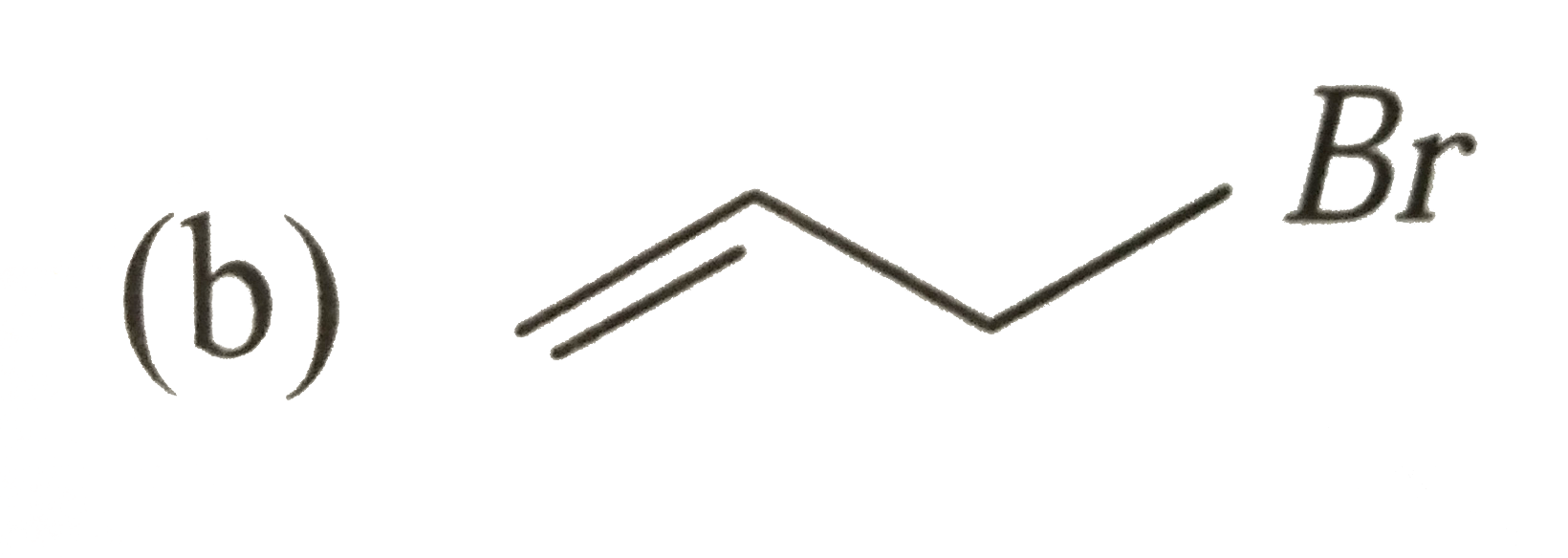 C
C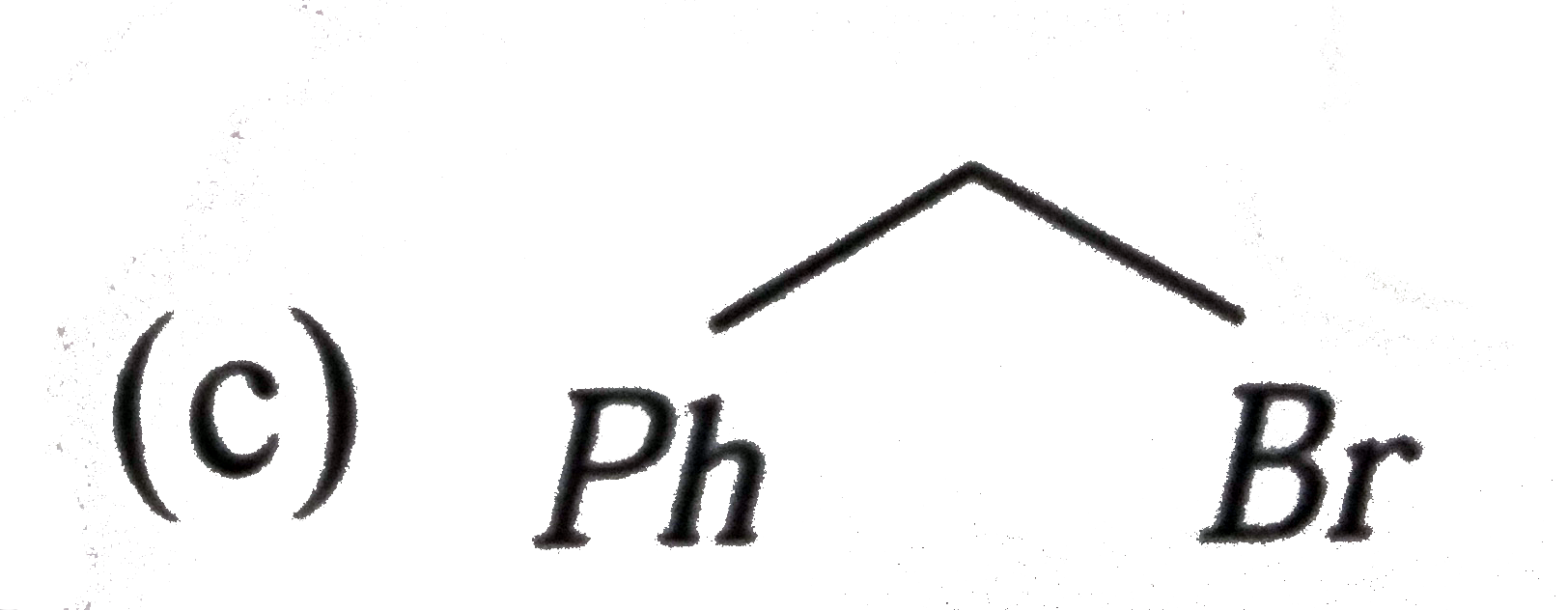 DAll of these
DAll of these - Question 2 - Select One
SN2 reaction is a bimolecular reaction which takes places by the formation of T.S. Veolcity of the reaction depends on the concentration of the substrate as well as the nucleophile.
The reaction is favoureed by strong Nuo− and in the presence of polar aprotic sovlent, optically active halides give. Walken inversion by SN2 mechanism. The presence of hero group (atom) at β−C atom, unsaturation at β−C and ⎛⎜ ⎜⎝−O∣∣C−⎞⎟ ⎟⎠ group at α−C atomn favor SN2 mechanism.
Allyl halides and benzyl halides give SN1 and SN2 reactions. Allyl halides alos give SN2 mechanism EDG at ortho- and para- postions in benzyl halides favors SN1 mechanism, wheras EWG favors SN2 mechanism.
Which of the following will give Walden inversion ?AC4H9−CHD−Br,B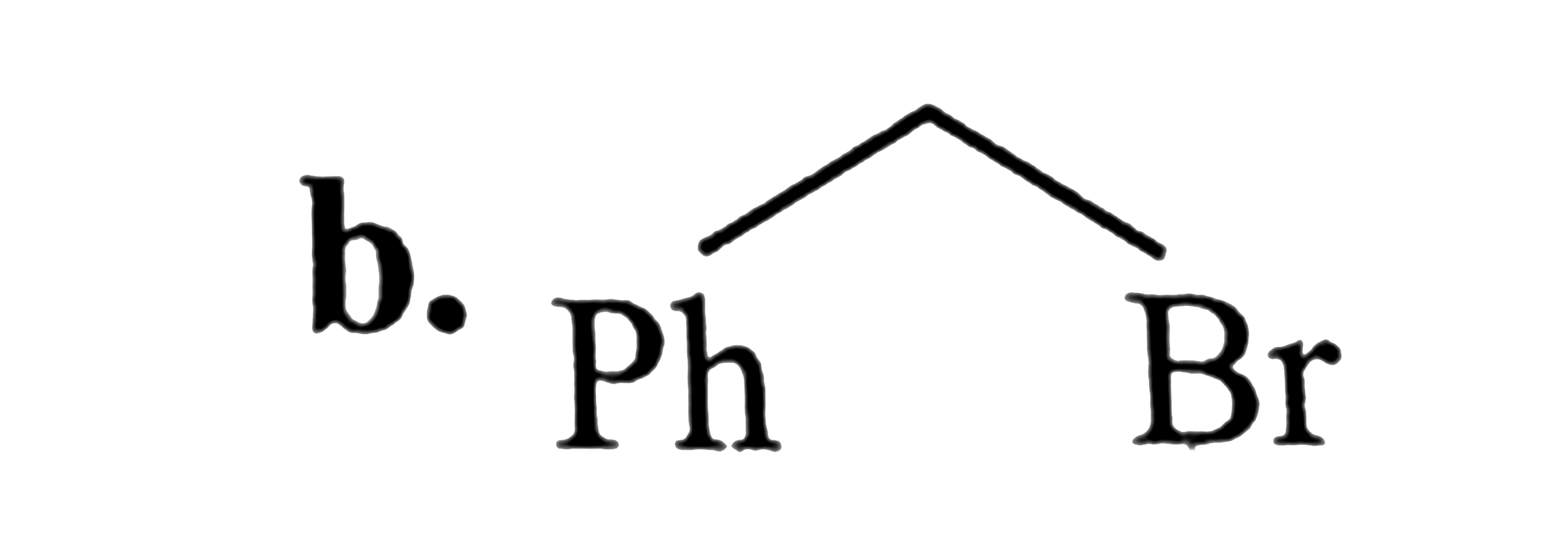 C
C DAll
DAll - Question 3 - Select One
SN2 reaction is a bimolecular reaction which takes places by the formation of T.S. Veolcity of the reaction depends on the concentration of the substrate as well as the nucleophile.
The reaction is favoureed by strong Nuo− and in the presence of polar aprotic sovlent, optically active halides give. Walken inversion by SN2 mechanism. The presence of hero group (atom) at β−C atom, unsaturation at β−C and ⎛⎜ ⎜⎝−O∣∣C−⎞⎟ ⎟⎠ group at α−C atomn favor SN2 mechanism.
Allyl halides and benzyl halides give SN1 and SN2 reactions. Allyl halides alos give SN2 mechanism EDG at ortho- and para- postions in benzyl halides favors SN1 mechanism, wheras EWG favors SN2 mechanism.
Which of the following will gives SN2 mechanism gtAEtBrB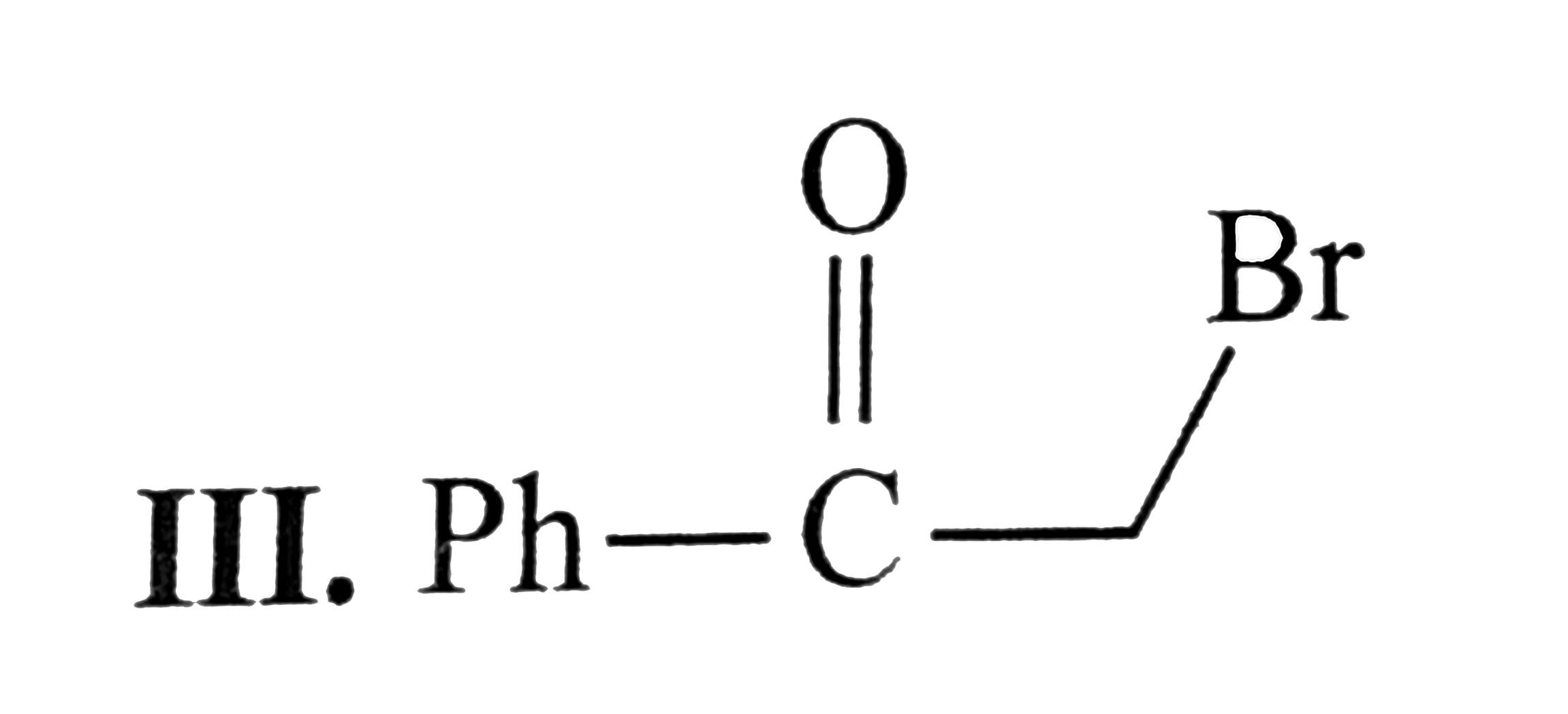 C
C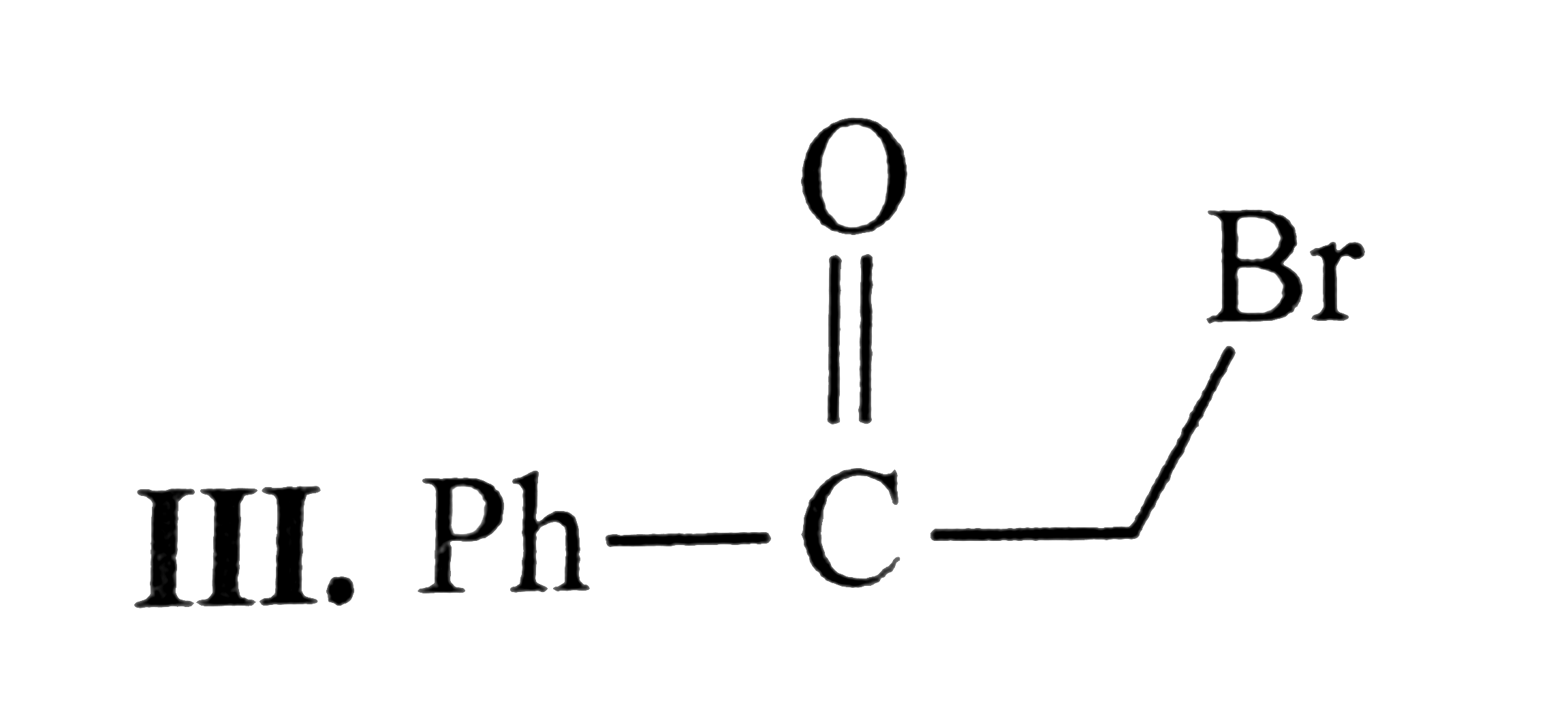 DAll
DAll
Which of the following nucelophiles favours SN2 mechanism ?
View SolutionA dextro- rotatory optically active alkyl halide undergoes hydrolysis by SN2 mechanism. The resulting alcohol is :
View SolutionWhich of the following alkyl halides is hydrolysed by SN1 mechanism?
View SolutionOptically active alkyl halides under going SN1 mechanism leads to:
View SolutionThe order of reactivity of halides towards SN 1 mechanism is
View Solution

